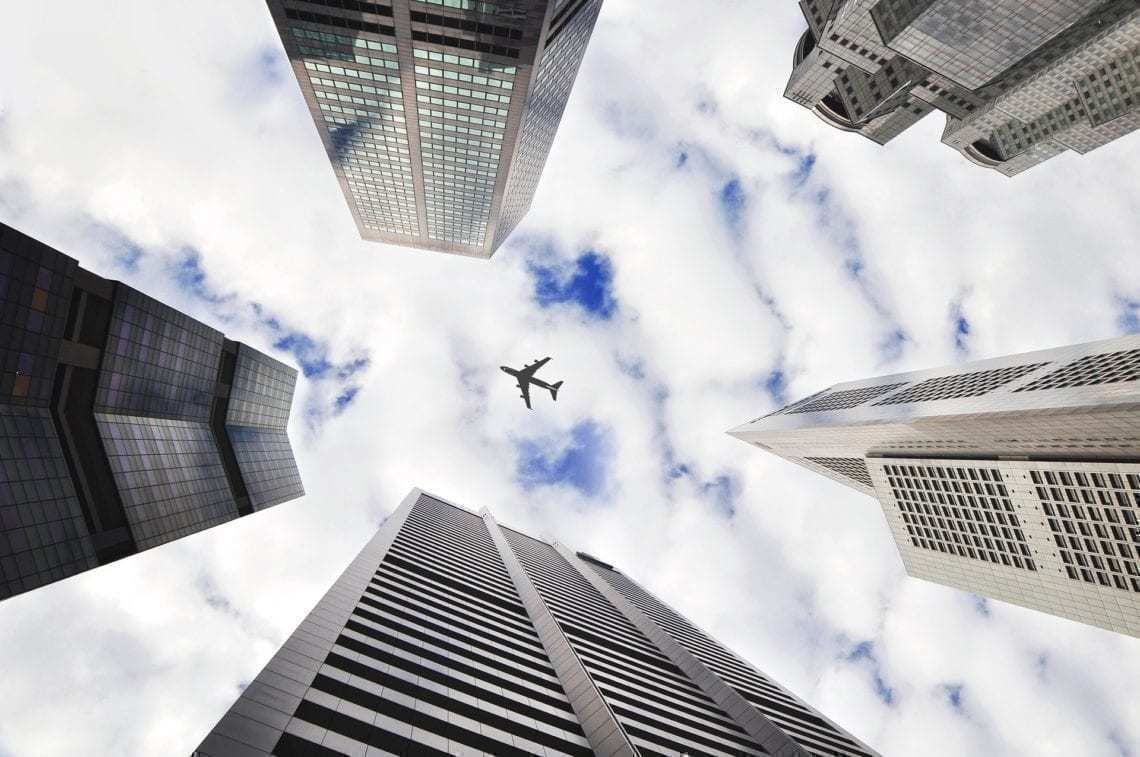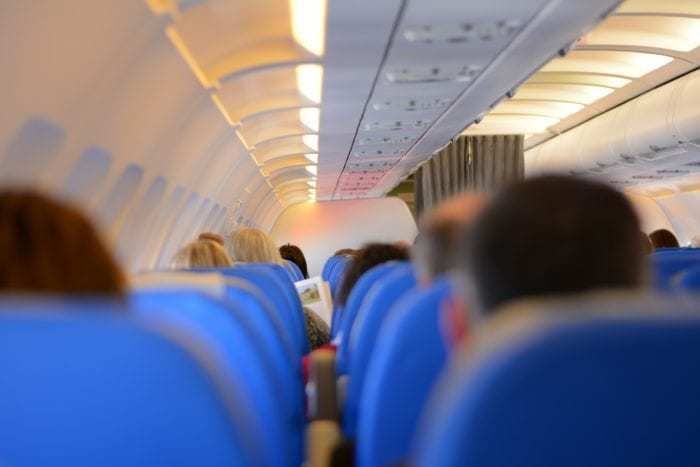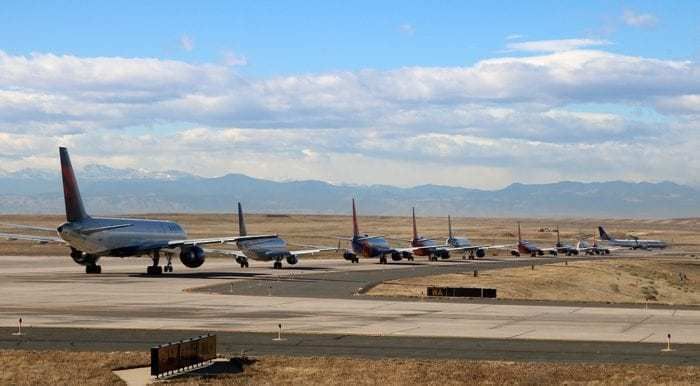The US Federal Aviation Administration (FAA) has published their Aerospace Forecasts for the next two decades, looking at how air travel will change in the coming years. The report expects US aviation to grow steadily, with passenger numbers, fleet sizes and capacity all continuing to grow year on year.
The FAA have released their Aerospace Forecasts for fiscal years 2019 to 2039, detailing their predictions for aviation over the next two decades. Overall, the report expects steady growth throughout the US aviation industry, which is great news for all involved.
2018 marked the 10th consecutive year of profitability for the US airline industry, marking a significant turning point in its history. The economic downturn of 2007 led to big moves in restructuring as well as cost cutting, and the efforts are showing in both the results from last year and predictions for the coming years.
Interestingly, though, they predict passenger growth to be higher than capacity growth, at 2% and 1.5% respectively. They expect airlines to cope with this mismatch by increasing cabin density and by operating larger aircraft, rather than adding flights.
Let’s take a more detailed look at the findings in the report.
What’s in store for 2019?
Overall, the FAA is predicting growth of 2.8% in 2019, up from just 2% in 2018. They say that this will be achieved through a combination of increasing cabin density and operating larger aircraft, as well as steady increases in fleet size.
As many carriers worldwide are painfully aware, the price of crude oil was up 28% over 2018, to around $65 a barrel. The FAA projections forecast that prices will moderate in 2019 and 2020, thanks to supply growth in the US and other places.
In terms of US carriers, the FAA predicts four key trends which will lead decision making through 2019. These are:
- Capacity expansion on select markets
- Growth of seats per aircraft
- Competitive pressure from ultra-low cost carriers
- Price discrimination through ancillary revenues
Most of these trends are continuing from previous years. The FAA note that available seat miles (ASMs) have grown at an average of 2.5% each year since 2009. Major US carriers provided 14.8% more capacity in 2018 than they did a decade before and carried 17.8% more passengers. Since 2007, seats per aircraft have grown by 9%.
All these trends are expected to continue well into 2019 and beyond, likely at similar rates to previous years.
The FAA note that unbundling of services which would usually have been included in the ticket price has become a widespread practice and expect to see more of it over the coming years. Basic Economy is expected to prevail, as legacy carriers fight to stay competitive to their LCC counterparts. They state that, since 2007, low cost carrier enplanements have increased by 36%.
Looking further ahead
Over the next two decades, passengers are expected to increase from 880.5m in 2018 to 1.3 billion by 2039, an average annual increase of 1.9%. Domestic enplanements are predicted to grow by 4.6% this year, but then by just 1.6% over the next 20 years. International, on the other hand, are looking to grow by just 1.9% this year, but then by 3.1% for the rest of the forecast period.
Passengers are expected to be travelling further too, with revenue passenger miles (RPM) predicted to grow at an annual rate of 1.9% for domestic trips and 3.0% for international trips. They predict the fastest growing regions to be Latin America (3.5% per year), the Atlantic (2.3% per year) and Asia/Pacific (2.2% per year).
In terms of fleet size, the report predicts that the US mainline jet fleet will increase from 2019’s 4,140 aircraft to 5,316 by 2039. However, not everything is on the up as regional aircraft fleets are expected to dwindle from 2,187 aircraft in 2019 to 2,022 by 2039.
That moderation in fuel prices is not expected to last either, with oil expected to grow in price steadily year on year, to reach just shy of $100 a barrel by 2039.
Interestingly, they are predicting unmanned aircraft systems, also known as drones, to grow by as much as 24.7% over the next five years. They also expect commercial space transportation to increase from 35 in 2018 to as many as 56 by 2021, and to continue in this vein.
The FAA paint a rosy picture for the next 20 years of US aviation. Let’s hope these predictions come true.



